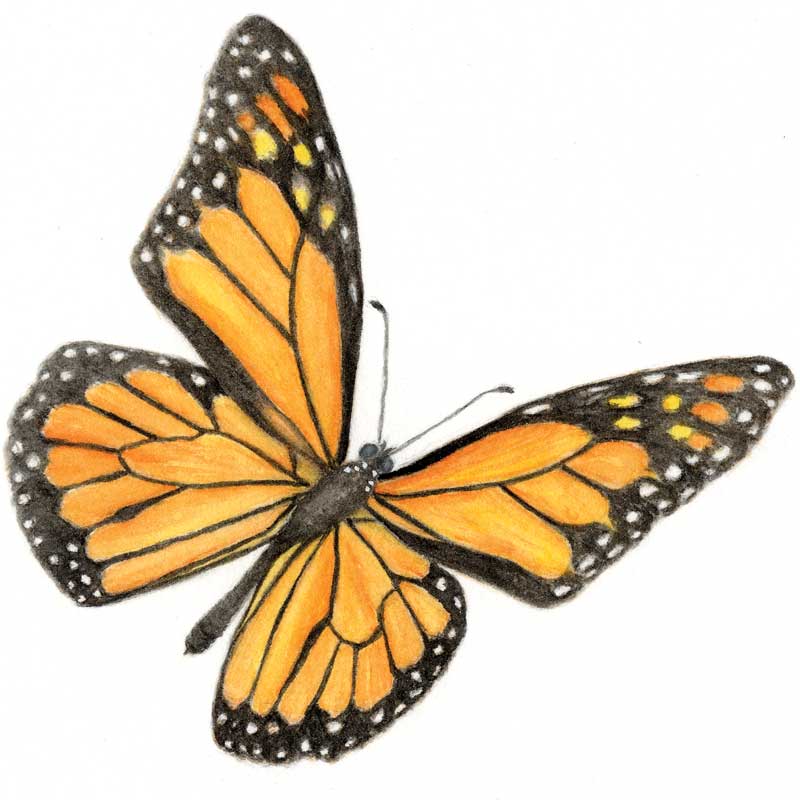Dear Friends:
Walking through the late summer fields we also remember from seasons past the evocative names of the wildflowers now blooming. It’s surprising to discover how many of them are cousins in one big family, the asters, or as the botanists would say, the Asteraceae. Black-eyed Susan, several varieties of yellow and orange hawkweed, tansy, pineapple-weed, Jerusalem artichoke, fleabane, burdock, chicory, pearly everlasting, many of the different goldenrods, all the familiar asters of white, pink and purple, the common dandelion, sunflower, daisy, echinacea, and even the reviled ragweed are all members of this large and remarkable family. They all share a circular central “eye” of many small florets arranged in a spiral surrounded by petals in multiples of five.
Check out The Plants of Acadia National Park by Mittlehauser, Gregory, Rooney & Weber, University of Maine Press 2010. It’s a pleasure to read, and after you do, you won’t be able to look anywhere without seeing an aster in bud or bloom, or going to seed. It’s a new level of seeing: discovering the unseen connections that were there all along.
Natural events, September
The familiar climbing vine Oriental bittersweet (Celastrus orbiculatus) has rich yellow and orange berries which cling fast after the leaves have fallen, and is beloved by flower arrangers and crafters everywhere for making wreathes and other fall decorations. The berries are also beloved by starlings and bluejays who devour them and then spread the seeds far and wide through their droppings. The vine grows vigorously and climbs aggressively up trees of every kind. Its thick foliage can block the sun from a host tree and its strong stem can strangle its host to the point that the host is weakened and finally dies. Most agree that bittersweet is an invasive species that should be controlled to maintain the health of local plant life. This can be done by cutting the vine as near to the ground as possible as often as necessary.
 Illustration by Candice HutchisonField and forest report
Illustration by Candice HutchisonField and forest report
Cooler nights are arriving with some full moon frost in the north and mountains bringing red, yellow, and orange to the leaves. Early apples are coming in including Gravensteins with their tart taste and soft flesh, perfect for applesauce. It looks like a short crop in our little orchard this year, but you’re welcome to them. The last Monarch butterflies of the season are winging their way southwesterly over land and water to wintering grounds in California and Mexico. The fall warblers are stopping to rest on their southward journeys, too, as Canada Geese are gathering in the fields to chat awhile before their departure. Acorns are falling and bouncing off our heads as we walk along under the mighty oaks. And see the profusion of white and purple asters coming into bloom along roadsides and in un-mowed fields announcing the arrival of autumn.
Natural events, October
With dark coming earlier and staying later and the Full Hunter’s Moon just ahead, we have still dodged a hard frost here along the coast. Crickets chirp cheerfully, though a little more slowly. Grasshoppers cling to the screen door. A woolly bear caterpillar munches contently on the geraniums we brought indoors before a recent chilly night. He/she will be ushered outdoors later to spend the winter under some leaf litter, there to freeze solid, then to pupate in spring, and then to emerge as a Tiger moth. But for now, Woolly makes a fine pet. Blue jays swoop and call raucously while acorns fall and roll down the street to pile up in the gutters. The local Benjamin River ospreys seem to have departed for points south. I think I heard their farewell chirps high overhead last week.
Field and forest report
It’s all pumpkin patches and squashes, Indian corn and corn mazes, apple cider and hayrides as folks go out to the country for the day answering that primal urge to bring home some of the harvest. As October comes to a close, we feel that mythic stirring of harvest time deep in our hearts. Deeper than shiny on-line recipes for pumpkin pie and apple strudel, deeper than grandma’s Currier and Ives calendars of harvest season, deeper than the Christian holidays of All Saints and All Souls are the primal echoes of archaic times, of a profound understanding of the fleeting spiritual power in all of Nature and our dependence upon her for everything.
Seedpod to carry around with you
From Hal Borland: “Summer ends and autumn comes and he who would have it otherwise would have high tide always and a full moon every night.”
That’s the Almanack for this time. But don’t take it from us—we’re no experts. Go out and see for yourself.
Yr. mst. humble & obd’nt servant,
Rob McCall.
Rob McCall (1944-2023) lived in Brooklin, Maine. The selections in this almanack were excerpted from his archives.






